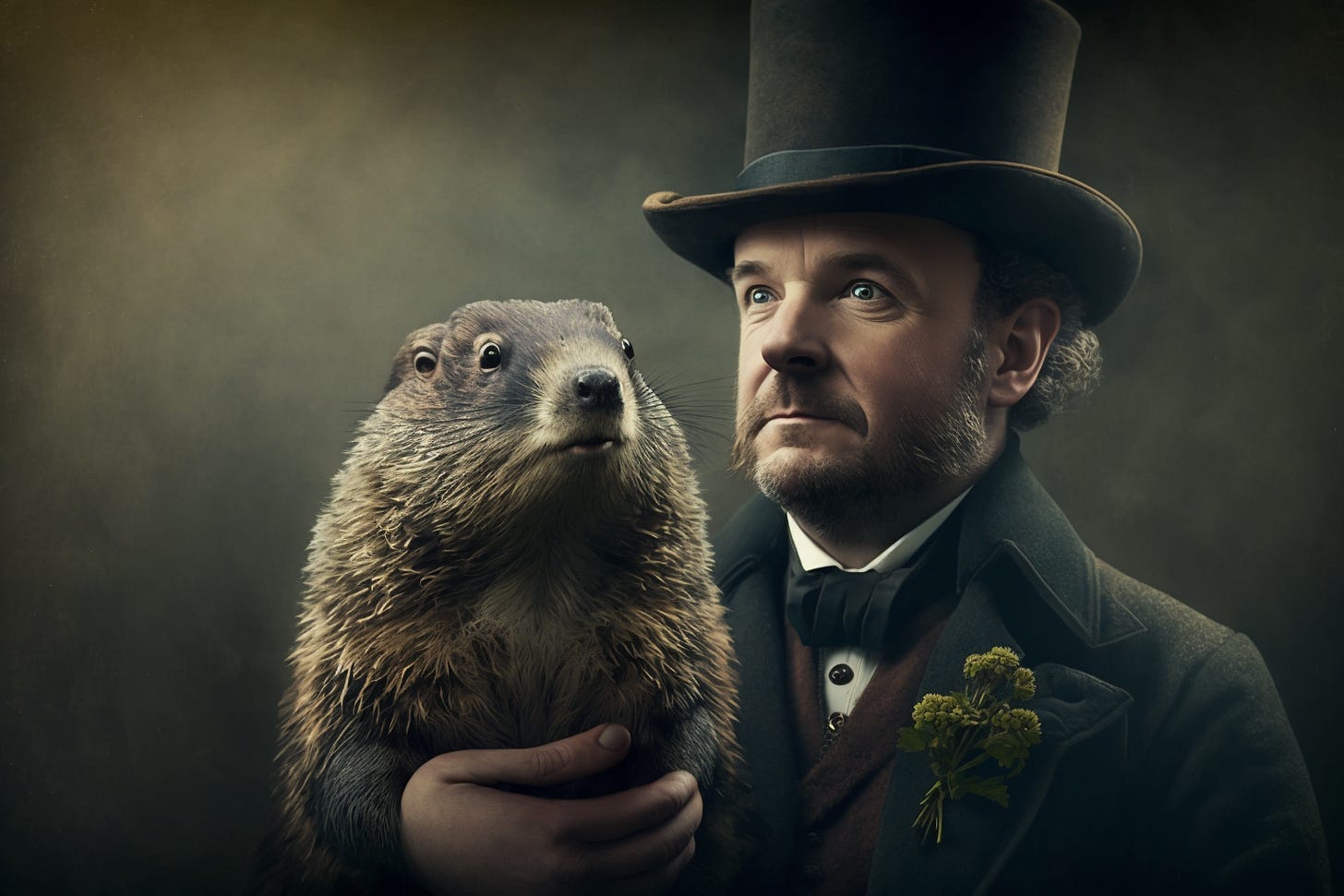What is the history of Groundhog Day
Groundhog Day: Uncovering the Origins, Folklore, and Science Behind the Annual Tradition
Groundhog Day is an annual tradition celebrated on February 2nd in parts of the United States and Canada. The main attraction for this day is a groundhog, or woodchuck, emerging from its den to predict how much longer winter will last. If it sees its shadow and returns to its burrow then there are six more weeks of cold weather ahead; however if the groundhog does not see any shadows springtime arrives early!
The origins of Groundhog Day can be traced all the way back to ancient European cultures where they believed that badgers had predictive powers over the upcoming seasons. This belief was eventually brought over with German settlers as they moved across North America during colonial times throughout the 1750s-1770s – introducing Americans to “Grundsau” (groundhog).
In 1887, Pennsylvania officially declared groundhogs their state animal. This made them beloved by citizens who enjoyed celebrating local folklore events like Candlemas which marks the halfway point between Winter Solstice and Spring Equinox. Similar superstitions were associated with it such as predicting future frost and thaw cycles solely based upon whether or not animals saw their own reflections cast against glass windows. Eventually these rural traditions sparked national media attention when newspapers began covering Punxsutawney Phil's predictions every year since 1886. This led up to today's modern celebration of Groundhog Day being held at Gobbler Knob near Pittsburgh, each year. People nationwide eagerly wait and follow along with broadcasted live coverage, and watch on streaming platforms online to see what the groundhog predicts.
While most people associate Groundhog Days celebrations with only Punxsutawney Phil in Pennsylvania, other townships and cities also hold festivals centered around their own furry rodent. Some notable groundhogs include Buckeye Chuck in Ohio and Wiarton Willie in Ontario among others. Each groundhog has found success, gaining popularity, and growing international recognition. Showing that this long standing legacy of family-friendly holiday is still very much part of American culture and will be enjoyed for years to come.
Groundhog day is one of the most popularly celebrated animal-based predictions for when spring will arrive, but it’s not the only tradition that has been used to look into the future and divine Mother Nature's plans. For centuries, animals have been observed predicting weather patterns on a variety of occasions across different cultures around the world. Here are some other well-known traditional customs involving furry or feathered forecasters:
In Bulgaria they have their own version of Groundhog Day called Badger Day on March 22nd. It involves watching badgers in order to predict whether winter will continue for at least six more weeks.
The UK celebrates Candlemas with its famous proverb “If Candlemas be fair and bright/ Winter will take another flight." If there’s sunshine outside then this usually signifies warmer temperatures looming nearby as we move further into February. The custom originated with farmers who were looking for signs from nature about how much longer the cold season would last before it was safe enough to start planting crops again come Springtime.
In Germany, people don't always turn towards small mammals like groundhogs – instead Stork Day takes place every year on March 25th marking both migration season as well as potential changes in temperature during April and May respectively, depending upon what storks do beforehand. That being said, many still believe seeing storks indicates milder conditions while flocks flying away signify colder months ahead!
In China, magpies play a major role in predictive powers according to experts who say seeing these birds predicts good luck, especially related to rain which could help bring blooms after dry spells in the earlier half of the year.




